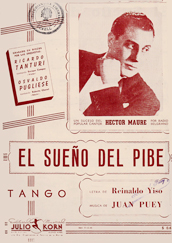A recently published study in the journal Language presented evidence that Spanish ranks as the world’s second fastest commonly spoken language, just behind Japanese. Linguistics researchers from the University of Lyon in France discovered that native speakers of Spanish talk faster than speakers of languages such as English, German or Mandarin Chinese; however, the trade-off lies in that Spanish speakers transmit less information per second as compared with these languages.
Researchers performed an analysis to determine the average information density of a syllable in each of the seven languages included in the study. Investigators found that languages with greater information density per average syllable are characterized by slower speech; therefore, dense languages such as English and Chinese are spoken more slowly, while low-density languages like Spanish and Japanese are spoken much faster in comparison. “Despite those differences, at the end of, say, a minute of speech, all of the languages would have conveyed more or less identical amounts of information.”
Read more about this study in an article available at the Time Magazine website.



